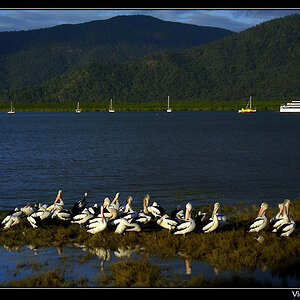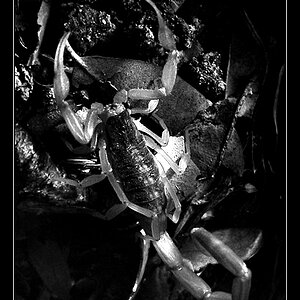coreno
TPF Noob!
- Joined
- Feb 7, 2016
- Messages
- 25
- Reaction score
- 5
- Can others edit my Photos
- Photos NOT OK to edit
This photo I took this weekend:

Nikon D5500 w/ 55-300mm VR @ f/8 1/400 300mm ISO400
This was taken about 8:30am, sun off to my left, with hood on the lens. I also had a clear ND/UV filter on. Handheld.
As you can see in this picture, especially if you zoom in, the ducks which are supposed to be the subject are blurry, or very soft, and the reeds have a "glow".
What did I do wrong taking this picture? I plan to take a lot of photos at this location, and want to improve my photo quality. Was it the ND filter? Is it the water reflecting? Doesn't look like motion blur, and I've been able to get sharp images with similar settings (but different picture composition).
Could this be fixed in Lightroom (I'm still a newbie with LR)?

Nikon D5500 w/ 55-300mm VR @ f/8 1/400 300mm ISO400
This was taken about 8:30am, sun off to my left, with hood on the lens. I also had a clear ND/UV filter on. Handheld.
As you can see in this picture, especially if you zoom in, the ducks which are supposed to be the subject are blurry, or very soft, and the reeds have a "glow".
What did I do wrong taking this picture? I plan to take a lot of photos at this location, and want to improve my photo quality. Was it the ND filter? Is it the water reflecting? Doesn't look like motion blur, and I've been able to get sharp images with similar settings (but different picture composition).
Could this be fixed in Lightroom (I'm still a newbie with LR)?



![[No title]](/data/xfmg/thumbnail/32/32704-68982e06c91b163f96186a4eb21d742f.jpg?1619735607)
![[No title]](/data/xfmg/thumbnail/32/32703-dc864e762c9e91088156fdcab4aeea33.jpg?1619735606)
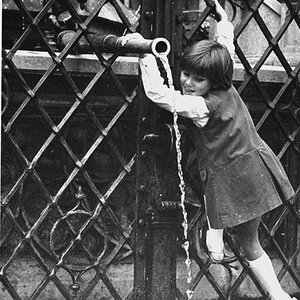
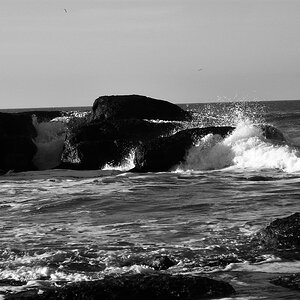
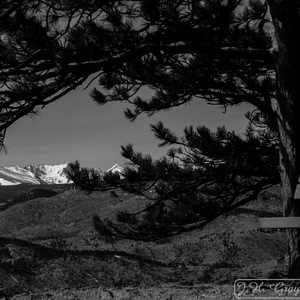
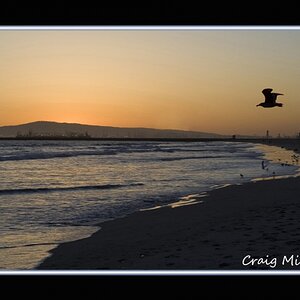
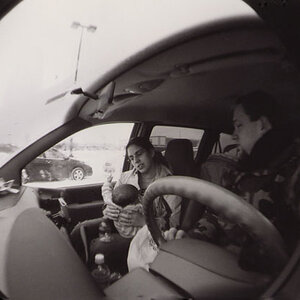

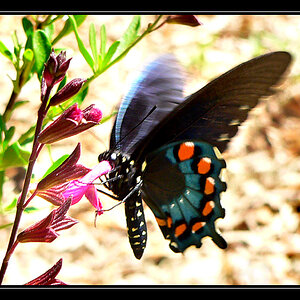
![[No title]](/data/xfmg/thumbnail/42/42473-acff07bd005ae1bb1af25d5d00d0c437.jpg?1619740193)
